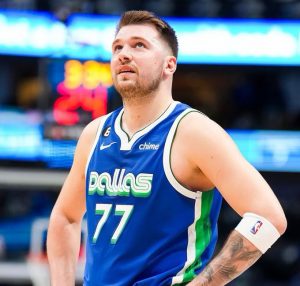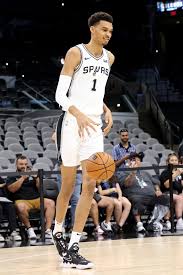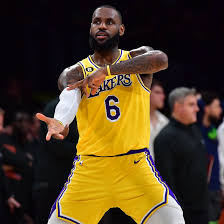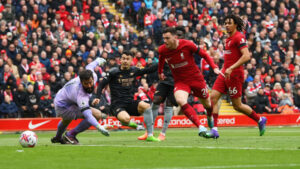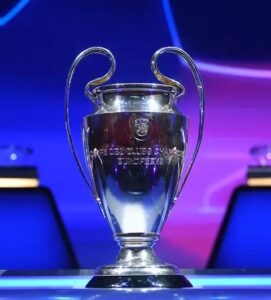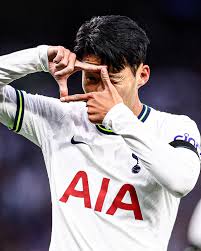Number 23 Is Back, Gabe Vincent Steal: A Peek At The Strength Of The LA Lakers After The Start Of Free Agency
It’s been roughly seven weeks since the start of NBA free agency, meaning it’s time to take a step back and evaluate where the Lakers’ new acclaimed roster stands.
Let’s recap: The Lakers re-signed Austin Reaves, Rui Hachimura and D’Angelo Russell; guaranteed Jarred Vanderbilt’s partially-guaranteed contract; signed Gabe Vincent, Taurean Prince, Jaxson Hayes and Cam Reddish; and drafted Jalen Hood-Schifino (No. 17) and Maxwell Lewis (No. 40) this summer. The moves improved a roster that was swept by the champion Denver Nuggets in the Western Conference finals.
Most important, though expected, LeBron James announced he is returning for his 21st and age -39 season at the ESPYS on Wednesday, cementing the Lakers’ quest to remain in the upper echelon of the West.
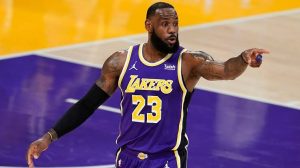
The one remaining hole on the depth chart is at center, which the organization has acknowledged it will fill at some point in the coming days or weeks. Christian Wood and Bismack Biyombo are their top two options, as The Athletic reported last week.
Here’s a look at Los Angeles’ potential depth chart if the season started tomorrow, along with a breakdown of each position.
Point guard
Starter: D’Angelo Russell
Backup: Gabe Vincent
Point guard is one of two starting lineup spots that are up for grabs (James, Davis and Reaves are obvious starting locks). Russell and Vincent will compete for the spot, with Russell projected as the early favorite to start. (Even if Russell refuses to refer to himself as a point guard.)
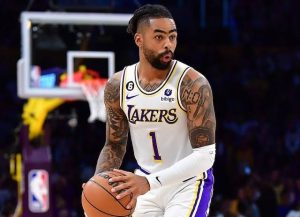
Given the Lakers’ second-half success with Russell in the starting lineup last season and his superior offensive skill, he makes the most sense as the starter. In theory, Russell starting is more important to him than it would be for Vincent. Russell has started nearly 89 percent of his NBA games (435 of 491), while Vincent has started just 35 percent (68 of 195). The Lakers can also rehabilitate Russell’s trade value by starting him and helping him bounce back to last season’s regular-season production.
With all that said, this is an open competition and Vincent has a legitimate chance to steal the starting job. He is the better defender than Russell and a more natural off-ball fit as a lower-usage catch-and-shoot threat. Unlike Russell, Vincent’s defensive chops prevent him from being played off the floor in the postseason, as he showed during the Heat’s Finals run. At a minimum, Vincent is the early closer, much as Dennis Schröder often was last season, especially in critical matchups that require two-way players.
Shooting guard
Starter: Austin Reaves
Backup: Max Christie
It took far too long for Reaves to become the starting shooting guard last season, and even that was a season too late, frankly. That won’t be the case this time around, with Reaves fresh off a breakout season as a starter, a new contract and a forthcoming stint with Team USA. He’s a lock.
Lakers head coach Darvin Ham told The Sporting Tribune that James and Davis are the only starting locks, with the other three spots open for competition. That may be true in a technical sense, but consider me skeptical. Reaves is going to start. He’s the Lakers’ third-best player by a solid margin.
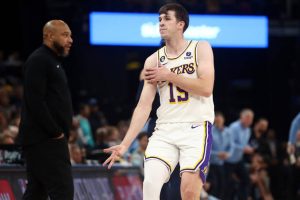
At this stage of the off-season, Christie projects as the backup over Reddish. That could always change in training camp: Ham is supposedly a fan of Reddish, and Reddish will likely get minutes and an early opportunity for a role. But Christie’s summer-league leap and the Lakers’ investment in his future suggest he’s the favorite. Reddish will bolster the Lakers’ size and athleticism on the perimeter, but they need better 3-point shooting and more consistency from this position than he’s provided in his four-year career.
Small forward
Starter: Rui Hachimura
Backup: Taurean Prince
The Lakers’ starting forward spots are relatively interchangeable, with James, Hachimura, Vanderbilt and Prince each capable of playing at either spot.
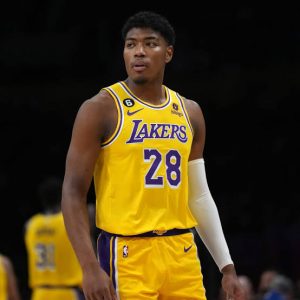
Hachimura isn’t a conventional small forward, but he took over the third starting frontcourt spot next to James and Davis as his role progressed in the playoffs. Considering Hachimura is younger than James and often tasked with more defensive responsibility, he’s the nominal small forward. Los Angeles invested heavily in Hachimura this summer; it’s tough to sign a player to that type of contract (three years, $51 million) and make them come off the bench when there’s such a significant offensive gap between him and his competition.
The counterargument is that the Lakers were so dominant with Vanderbilt starting next to James, Davis, Reaves and Russell, outscoring opponents by an average of 20.6 points per 100 possessions better with those five sharing the court in the regular season). But their effectiveness dropped off the in playoffs, as Russell struggled defensively and opponents ignored Vanderbilt outside of the paint. The Lakers were just plus-0.4 points per 100 possessions better than their opponents with that group, one of the lowest on-court ratings for a starting unit. If Hachimura can maintain his postseason production, he’s clearly the better player and fit with the starters in the biggest games.
Prince is versatile enough to defend multiple positions. He projects as the 3 behind Hachimura. Beyond him, the Lakers have several options, including Christie and Reddish.
Power forward
Starter: LeBron James
Backup: Jarred Vanderbilt
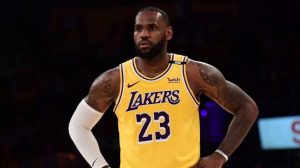
As noted earlier, James will be the power forward in most lineups, as it’s less physically taxing for him. The Lakers can hide James on a stretch big, frontcourt non-threat or sometimes even a center, with the other forward (usually Hachimura or Vanderbilt) taking the tougher forward assignment. Nonetheless, Hachimura and James are substitutable as starters.
Though Vanderbilt often defends guards and wings that are primary ballhandlers, he functions more as a big offensively. Therefore, he’s the backup power forward, with Prince being more of the small forward. (Again, they’re relatively interchangeable.) Prince can technically slide up if the Lakers want more shooting at the 4-spot. Davis could also potentially log some forward minutes next to Jaxson Hayes or whichever center the team eventually signs in two-big lineups.
Center
Starter: Anthony Davis
Backup: Jaxson Hayes
As of now, the center position is the most straightforward spot on the roster: Davis as the starter, with Hayes as his backup. The Lakers have the flexibility to also use James and Hachimura at the five in small-ball units. Colin Castleton, an undrafted rookie from Florida who Los Angeles signed to a two-way contract, should get a chance during the regular season after impressing in summer league.
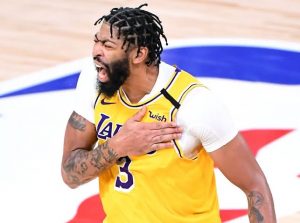
Los Angeles clearly needs a third center, as vice president of basketball operations and general manager Rob Pelinka acknowledged in a news conference in Las Vegas. The Lakers have been pursuing multiple backup center options, including Wood and Biyombo. The most the Lakers could offer either player is a veteran’s minimum contract.
Pelinka also mentioned the Lakers returning to the two-big look they used in their 2020 championship run, which has been a storyline for the past two seasons. The problem in 2021-22 and 2022-23 was that the Lakers didn’t have another traditional big good enough on both ends to flank Davis. (Dwight Howard, on his last legs in 2021-22, was probably the closest). Hayes and Davis aren’t a clean fit — Davis is most effective offensively when surrounded by shooters — though it’s worth noting that Hayes actually played his best basketball in the 2021-22 season as a power forward next to Jonas Valančiūnas in New Orleans.
If Wood is signed, he’d almost certainly be slotted ahead of Hayes in the rotation. Biyombo or another offensively-limited option would likely battle Hayes for the primary backup spot, with the Lakers settling on a matchup-dependent rotation.
